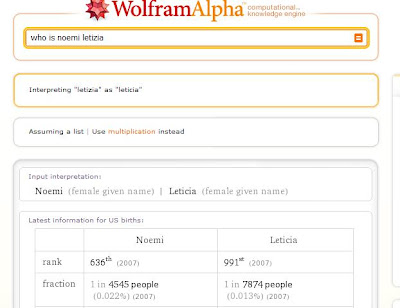Who is the winner of american idol? Let's see what is the performance of various search engines. I cannot vote since I am involved in the contest. Anyway, these are the criteria:
1) Freshness, how fast do they broke the news
2) Accurateness, how much accurate are the results
3) Variety, do they provide a sense of variety in them (not just 10 blue links?)
4) UI, is the user experience good?
What is your opinion?
Ask.com has the winner on the top with News, Video and Audio
 Google
Google has the official site, wikipedia, and youtube videos
 Yahoo
Yahoo has the news with images
 Live
Live has the news with images
 Searchme
Searchme has the best UI all around (IMO)
 Twitter
Twitter has all the rumors, and they broke the story

Hmm ... actually
OneRiot broke the story !!





















